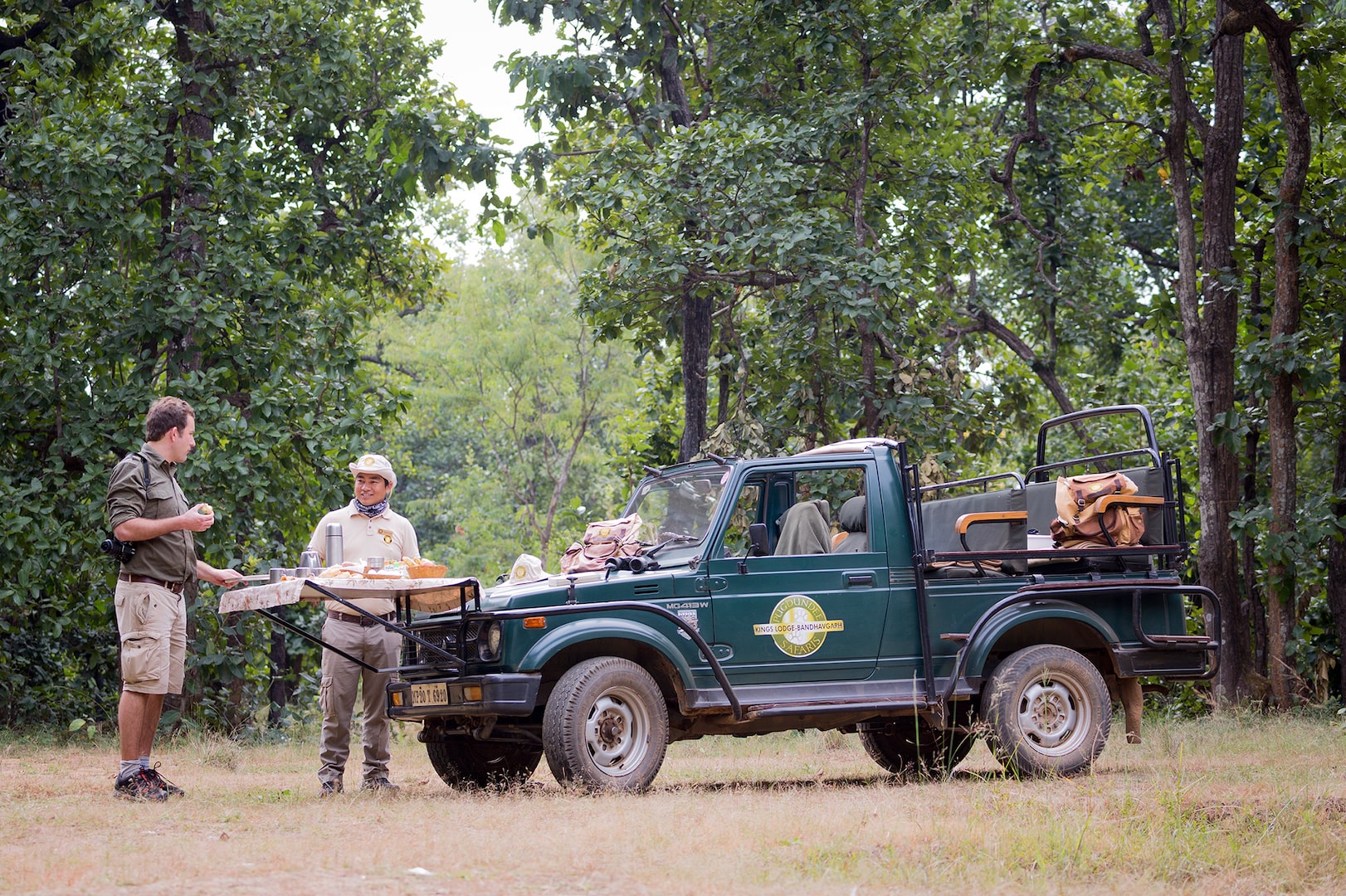Situated in the vibrant State of Gujarat in Western India the only home of Asiatic Lion the Gir National Park is the last stronghold of this sub species. Asiatic Lions differ from their cousins in Africa in morphology as well as habits. Though the family structure is the same they hunt more by ambush than a chase.
The forests comprise of teak mixed scrub and thorn typical Kathiwar-Gir dry deciduous forest region. The region expresses affinity with Ethiopian region that encloses Africa. Besides teak the forests comprise of Dhak, ber, jamun, khair, amla, babul, baheda,semal, palas and tendu.
There are seven perennial rivers and Kamleshwar Dam all of which are the lifeline of this ecosystem. Other river dams are Hiran, Machhundri, Rawal and Shingoda. About three hundred water points assist the wildlife to survive the hot summers.
The sub species has made a remarkable come back from just twenty two heads to a population of more than 500 animals. They have spread to a large area of more than twenty thousand square kilometres. Although now widespread Gir National Park is their only secure abode in the World. Efforts to relocate these predators have not been possible due to political resistance.
The park is home to many other animals besides the lions and on safari one can see leopards, jackal Nilgai, chinkara, spotted deer, sambar, jungle cat, hyena, wolf, four horned antelope and black buck. The desert cat and rusty spotted cat are rarely seen. Monitor lizard, cobra, and the mugger are often seen. The mammal list include 38 species while the avian include more than three hundred species. Critcally endangered vultures the white backed and long billed also find habitat in these forests.
Unlike the tiger reserves the Gir National Park does not contain a tourism zone but an interpretation centre at Devalia is the focal point.
Unique aspect of this wilderness is the close association between the local Maldharis who even shelter lions to save their fields to protect them from herbivores. Tourism is popular activity and a crucial source of revenue.
Core Area: 258.71 square kilometres.
Buffer: 1153.42 square kilometres.
Winters: 10 deg C
Summers: 45 deg C
Essentials: Jungad Town
How to Reach?
Junagad nearest railhead is at a distance of fifty km. The nearest Airport Rajkot is at a distance of 103 km by road. Junagad is well connected by bus service and rail.


